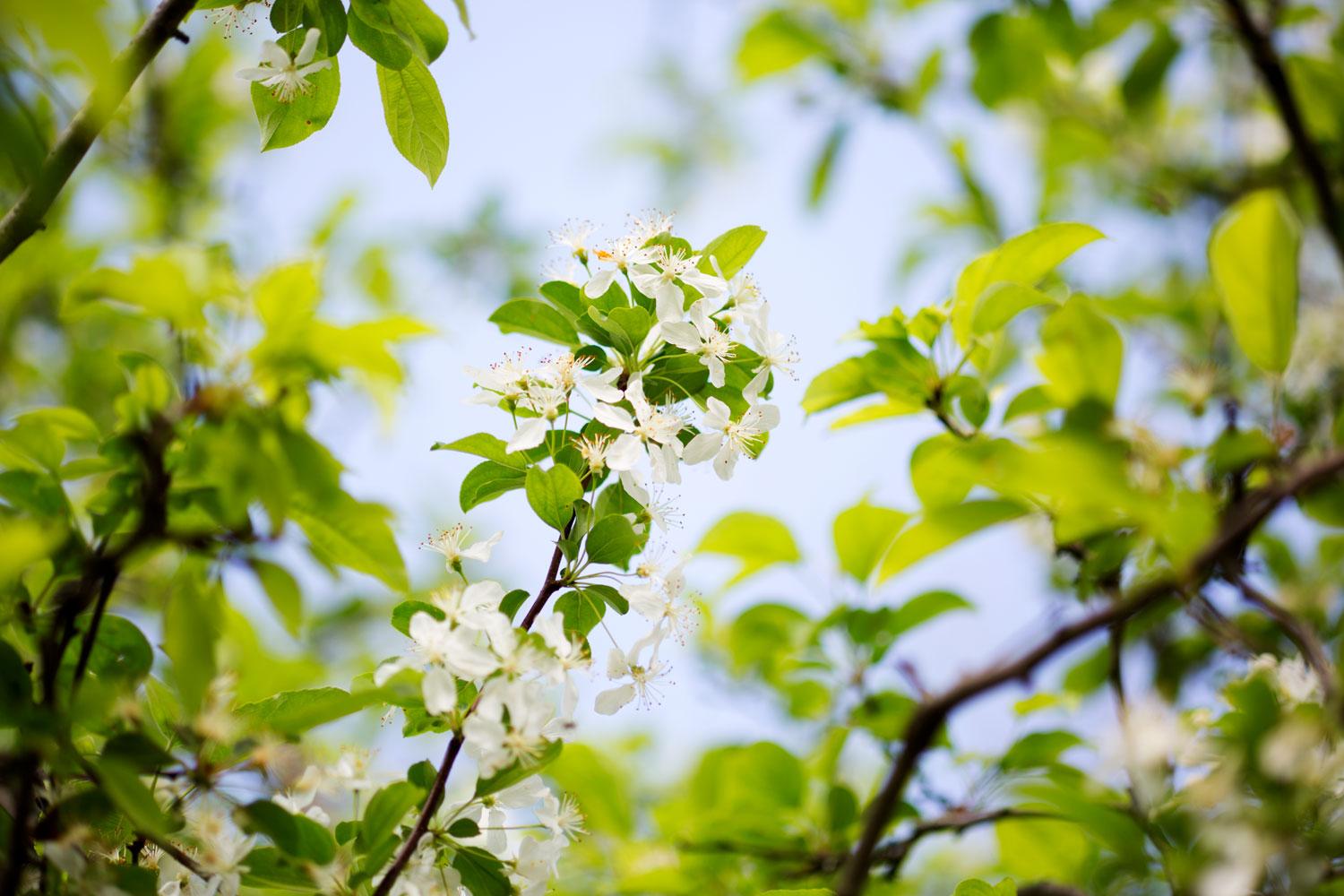Spring has sprung on the Hill, and with spring showers come flowers.
It’s hard to miss those infamous cherry blossom petals that coat the sidewalk. But cherry trees aren’t the only type of foliage blooming on campus this time of year. WKU is actually an accredited arboretum, and there are over 3,400 trees spread out across the 250-acre Bowling Green campus.
I enlisted the assistance and knowledge of our university arborist, Leah Hopwood, and she gave me the lowdown on some of the plants that call our campus home. I also researched the lore and meaning of some of these plants to get a better idea of what they mean to WKU.
[huge_it_slider id=”11″]
1. Cherry blossom trees
These pretty trees famously line Centennial Mall, but they are also scattered about the grounds. Cherry blossoms symbolize the beauty and fragility of life. Maybe cherry blossom trees are on campus to remind us that life is short, and we have to make the most of it.
2. Oak trees
Oak trees are predominately on campus to serve the practical purpose of housing for WKU’s white squirrel population.
Oak trees also are a symbol of endurance and strength through hard times. Through long winters and constant attention from students looking for a photograph, it’s no wonder that the squirrels seek refuge in these trees.
3. Daffodils
In the true fashion of spring, the daffodil is symbolic of new beginnings. They can be located many places around campus, including near the kissing bridge at the top of the Hill and down by Guthrie Bell Tower. They are planted right near high traffic student areas, perhaps to remind us that there is always a chance for a new beginning – even after a really crappy midterm.
4. Phlox
More specifically, our campus is home to the creeping phlox. This distinction is important because there are over 67 varieties of the phlox flower and some of them mean different things. The creeping phlox symbolizes a harmony or unity of spirit. It can also represent sweet dreams, which we all could use at this point in the semester.
5. Pansies
These little guys are the bright, purple and yellow flowers that you see in the road medians along College Heights Boulevard and by the globe statue near Centennial Mall.
Pansies always make me reminisce about my childhood and Alice in Wonderland (not the Tim Burton remake), which is such a coincidence because pansies are a symbol of remembrance. The name is derived from pensée, a French word which means “thought.”
6. Hyacinth
The name for these bell-shaped, sweet-smellin’ flowers is derived from an old Greek myth about a boy named Hyakinthos, who was the envy and adoration of the gods Apollo and Zephyr.
Legend says the Gods competed over his affection. Apollo was teaching Hyakinthos the sport of discus, and in a jealous accident, Zephyr threw back the discus a little too hard and struck Hyakinthos in the head, killing him. A beautiful flower grew from the blood-soaked earth and the gods named it Hyacinth in memorial.
The flower is symbolic of sport and play, as well as constancy and sincerity. I doubt that playing ultimate Frisbee on campus will result in this type of accident, but if it does, you may get a flower named after you.
7. Fennel
In Hamlet, Ophelia gives out fennel flowers, which at the time of old William Shakespeare meant flattery. Now, due to their short lifespans, fennel flowers are taken to be a symbol of adultery and sorrow.
That’s a bummer, but when I asked Leah Hopwood, she said the fennel flowers on campus are mostly for the Monarch butterfly larvae to get their strength for their approaching #gloup. We’ll stick with the latter.
In an email, Hopwood said the inclusion of these types and varieties of foliage on campus was intentional.
“We want the environment to be such that students can get outdoors and clear their minds, study, relax or just enjoy life,” Hopwood said. “We try to keep the campus as ‘park-like’ as possible when it comes to the grounds.”
She urged students to take walks around and look at the plants. Many of them are labeled, so you can really appreciate what you’re looking at.


